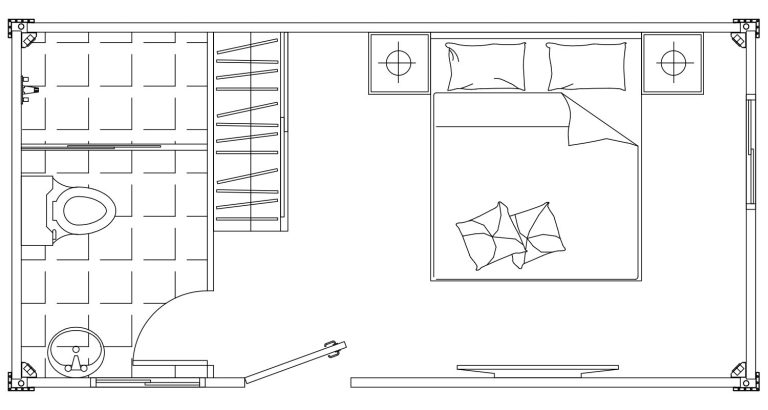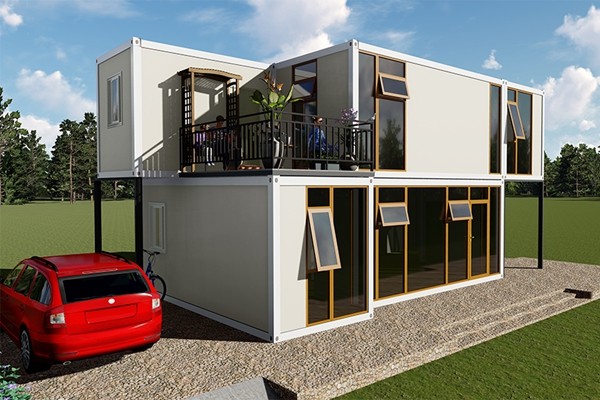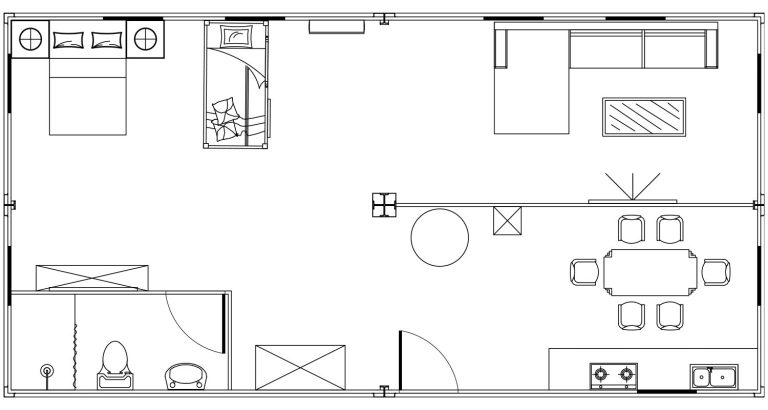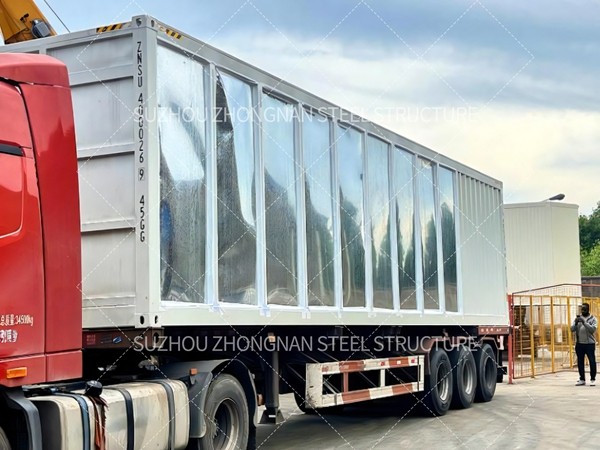cost of a prefab cabin
The cost of owning a prefab cabin can vary widely, influenced by a multitude of factors, each carrying its unique role in determining the final price. Yet, many potential buyers are intrigued by these structures because of their promise of affordability and efficiency. Diving into the real-world experiences, professional insights, and authoritative knowledge of the prefab cabin market reveals valuable nuances about their true costs.
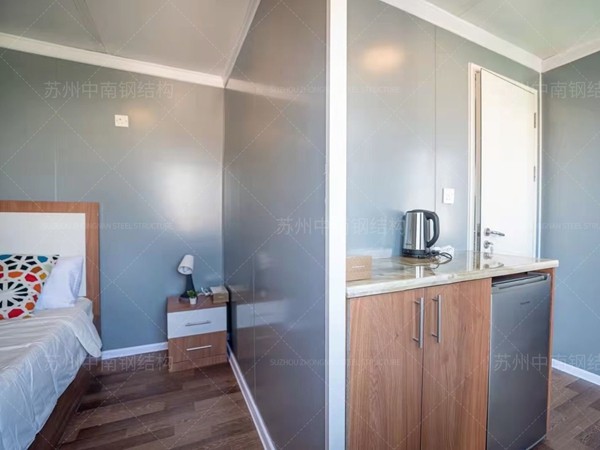
Firstly, it's essential to understand the range of prefab cabins available. From basic models catering to minimalist lifestyles to luxurious cabins boasting high-end finishes and smart technology, the spectrum is broad. A basic prefab cabin might start at $5,000 to $20,000. These structures often serve as simple, functional spaces without elaborate features. They are popular among those seeking a minimalist lifestyle or as temporary solutions. On the higher end, cabins outfitted with premium materials, expansive square footage, and cutting-edge technology can exceed $150,000. Such models cater to buyers looking for second homes or vacation retreats with luxury amenities but at a potentially reduced cost compared to traditional construction.
Secondly, the geographic location where the cabin is to be installed plays a significant role in cost determination. Costs such as permits, land preparation, and utility connections can dramatically influence the overall expense. For example, remote areas may incur higher transportation fees, while urban or suburban locations might have stringent building codes and permit fees driving up costs.
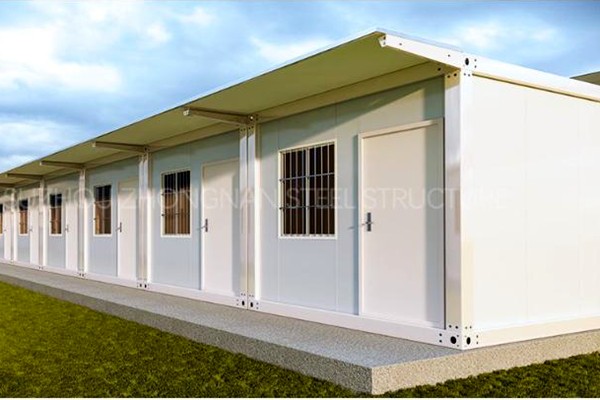
The process of choosing a prefab cabin should also involve considering the manufacturer's reputation in the industry. Experienced manufacturers with a track record of successful deployments offer not only products but peace of mind. They understand the intricacies of local building regulations, environmental concerns, and logistics management, ensuring that the cabin meets all necessary standards while minimizing delays and hidden expenses.
It's advisable to recognize and budget for additional costs beyond the purchase price of the cabin itself. Site preparation, including clearing, leveling, and foundation work, can vary depending on the terrain and cabin size. Furthermore, utility hookups for electricity, water, and sewage should be incorporated into the overall budget. Many buyers underestimate these additional costs, but they are essential to creating a functional, livable space.cost of a prefab cabin
Each prefab cabin buyer's experience is unique, shaped by individual needs and local conditions. Some owners recount swift and easy installations, appreciating the cost-saving benefits and the quick turnaround from purchase to move-in. Others highlight the hidden costs they encountered, such as unexpected site preparation requirements or permit expenses, ultimately affecting their budget forecast.
Professionally, understanding the lifecycle cost of a prefab cabin is crucial. It's about more than just the initial investment; maintenance costs, energy efficiency, and depreciation should also influence purchasing decisions. Prefab homes, particularly those built with eco-friendly materials and efficient designs, often have lower long-term maintenance and utility costs. Therefore, investing a little extra upfront might save money over the lifespan of the home.
Authority in the prefab cabin industry comes from comprehensive knowledge about sustainable building practices and innovative designs. Leading experts advocate for designs that emphasize durability, sustainability, and adaptability to future needs. These industry pioneers are setting standards not only to shape public perception but to drive regulatory changes that can benefit prefab cabin owners in the long run.
Finally, trustworthiness is fostered by transparency in pricing from manufacturers and sellers. A trustworthy company will provide clear, itemized pricing and outline potential additional expenses from the outset. They offer not just a product but solutions to customer concerns, providing warranties and after-sales support to assure potential buyers of their commitment to quality and satisfaction.
In conclusion, while the idea of a prefab cabin often conjures images of cost efficiency and simplicity, the true cost comprises multiple layers influenced by personal choices, geographical factors, and long-term financial planning. Prospective buyers should engage with both success stories and challenges faced by previous owners to form a realistic understanding of the investment they are making. Balancing initial costs with ongoing expenses, and choosing reputable manufacturers, can guide towards a rewarding ownership experience.


